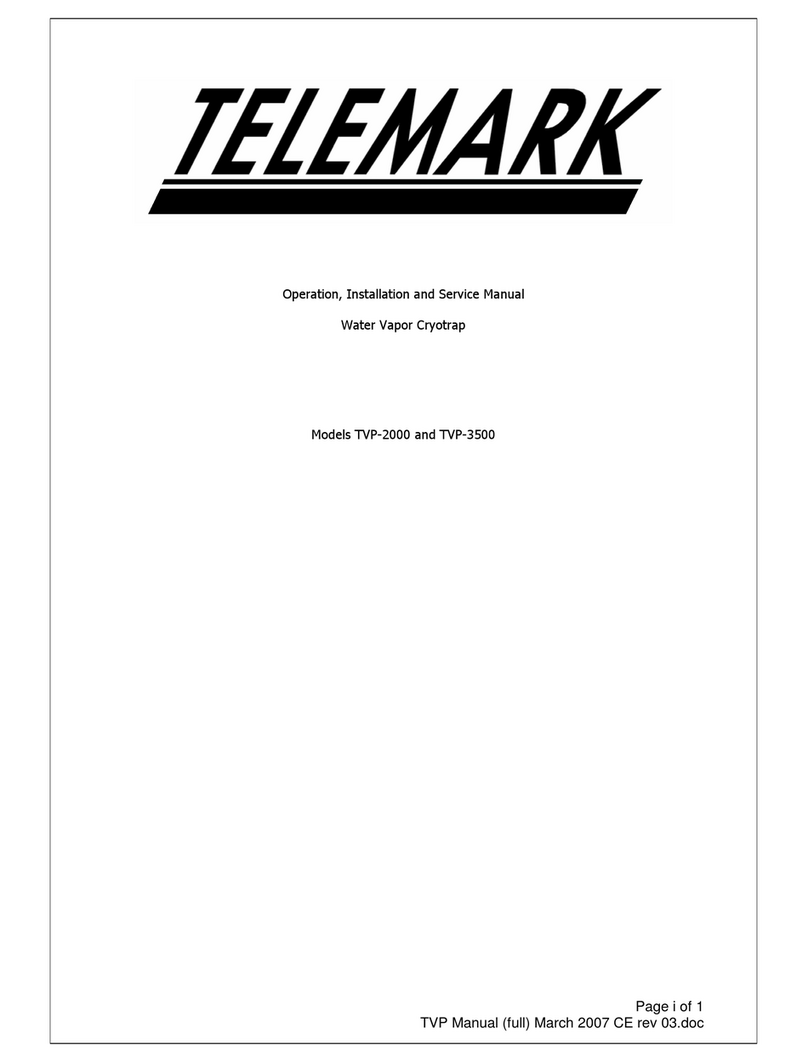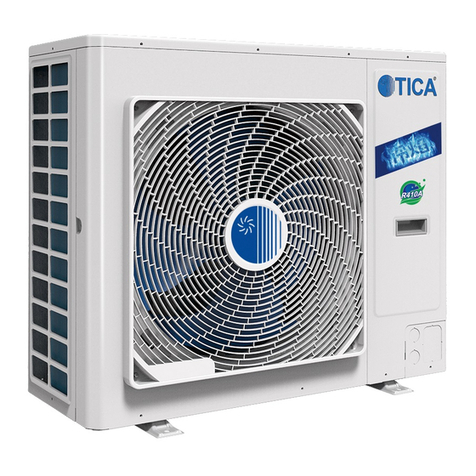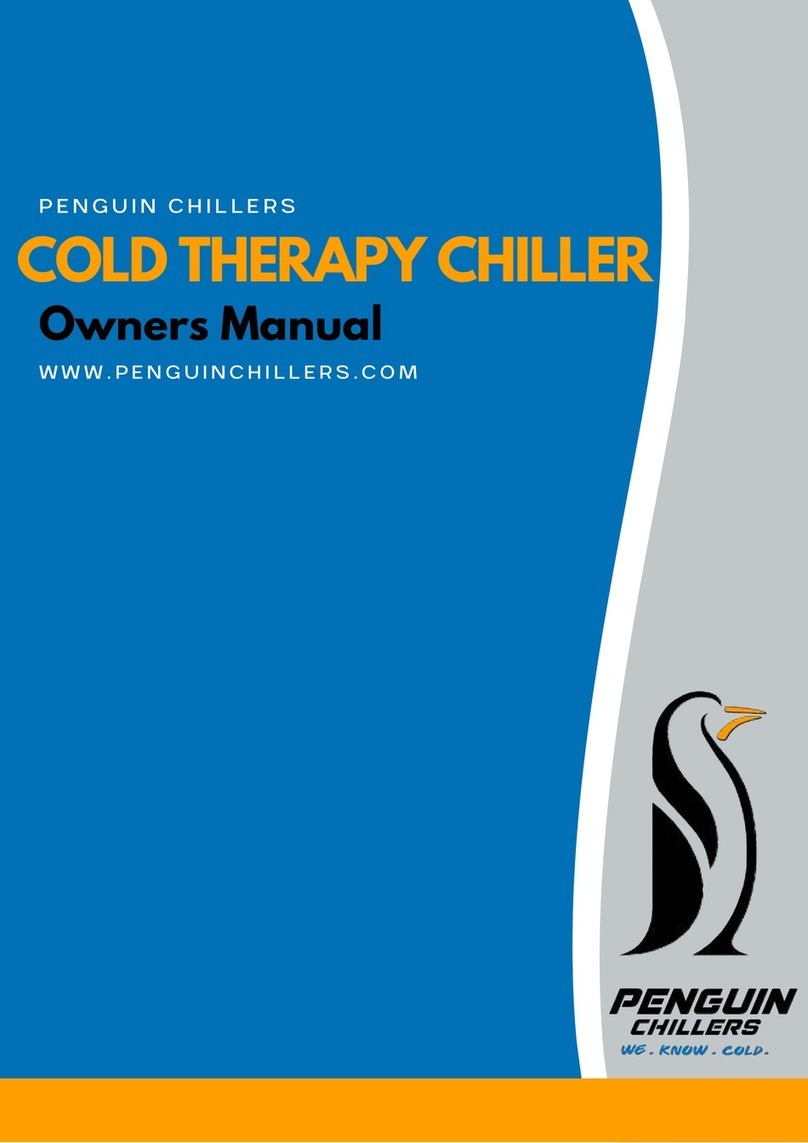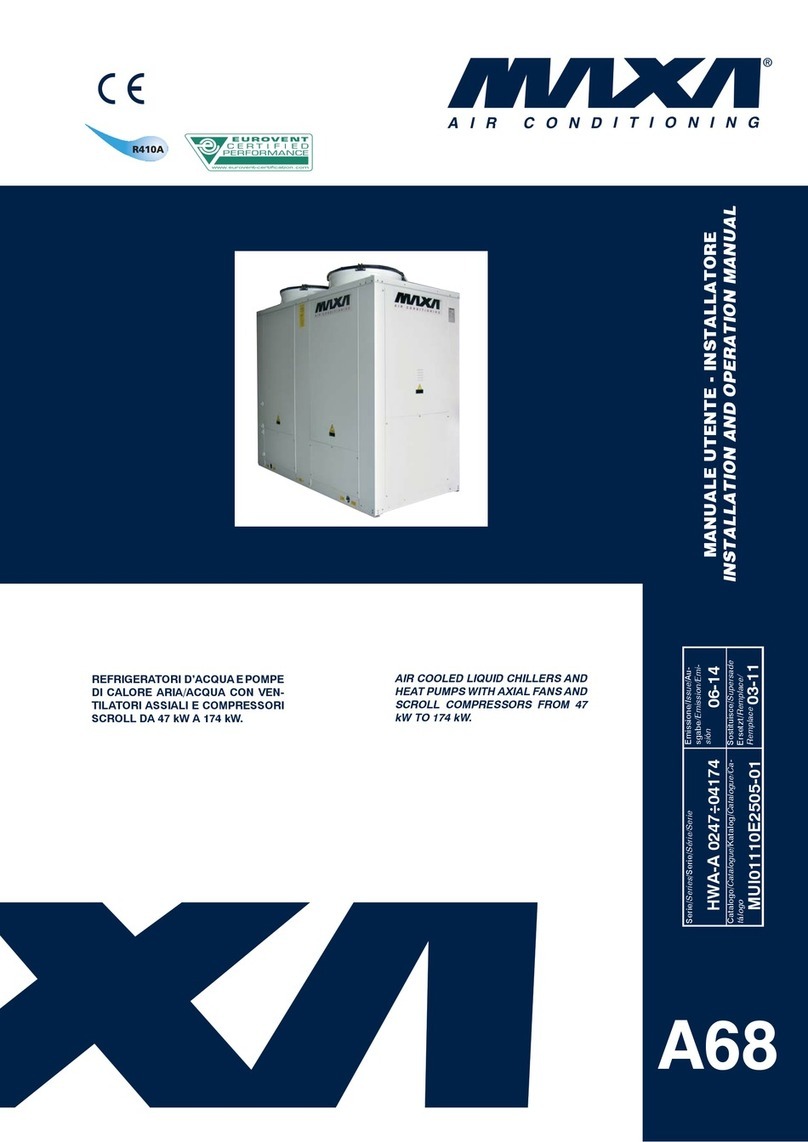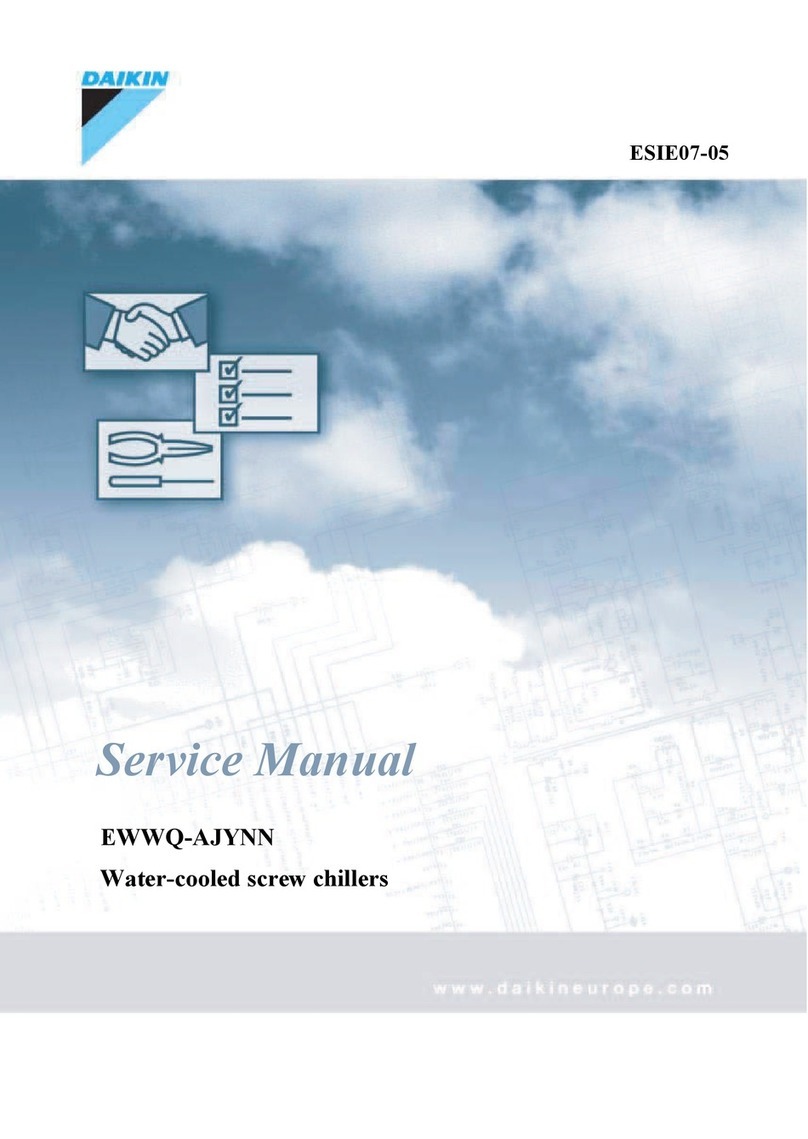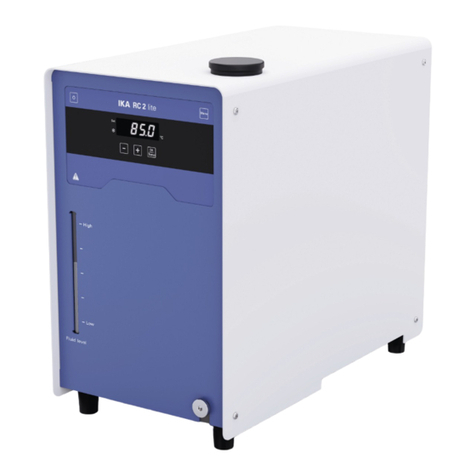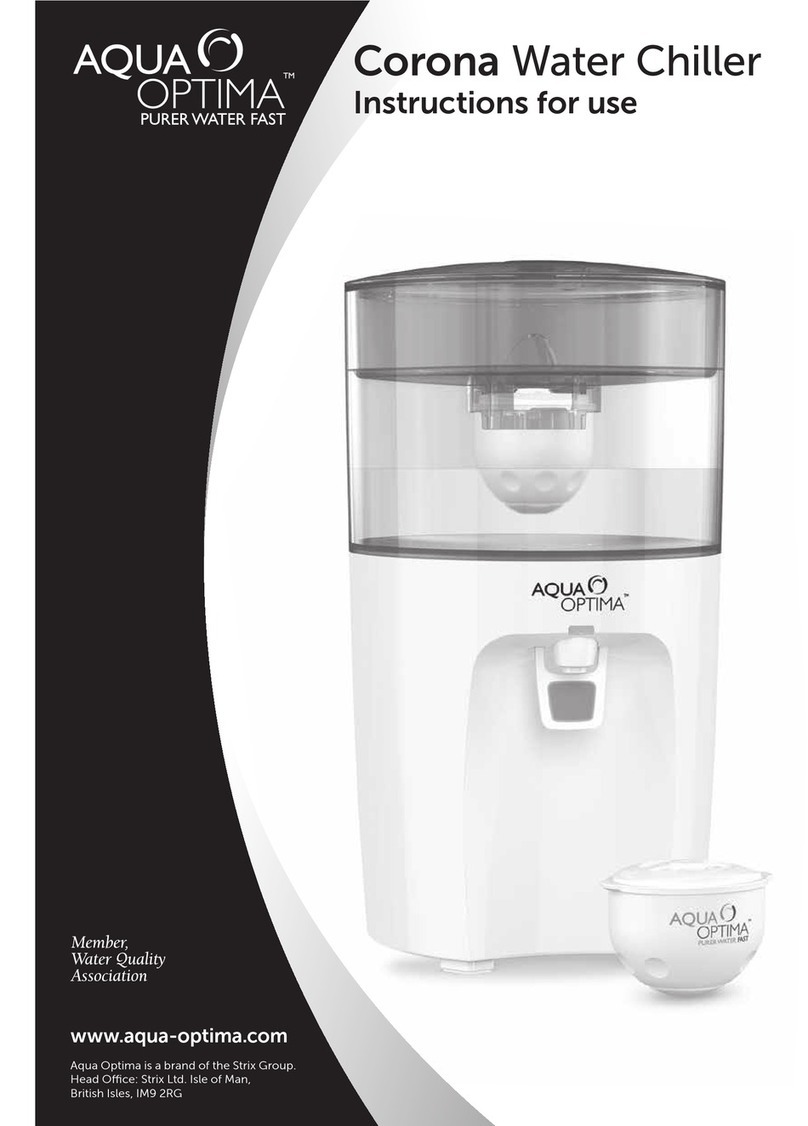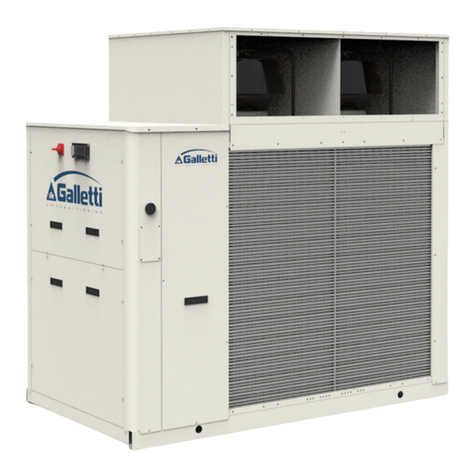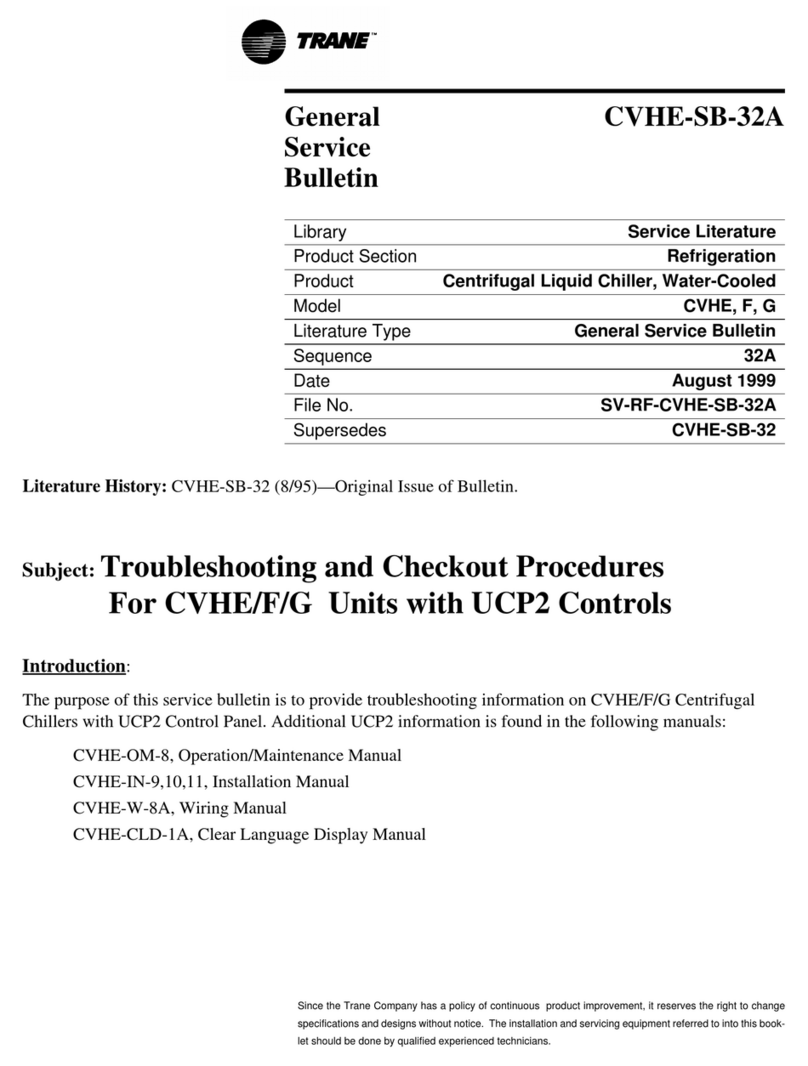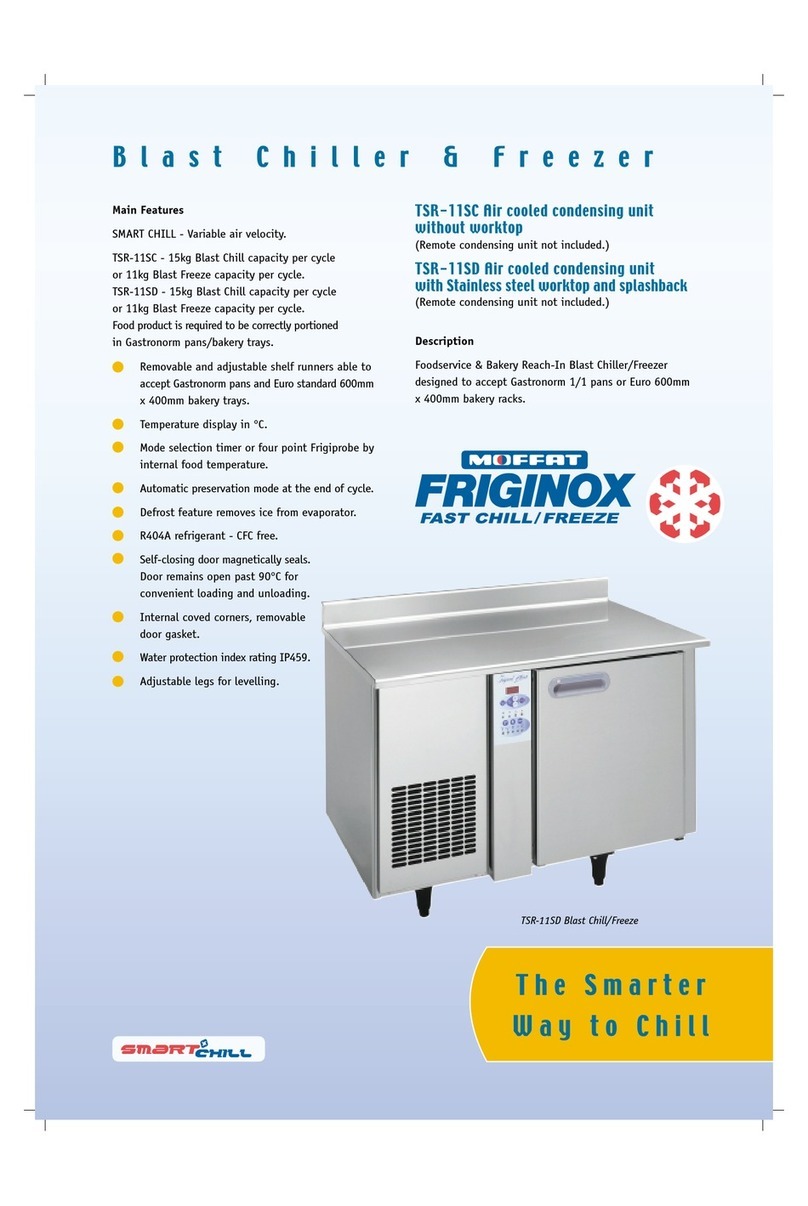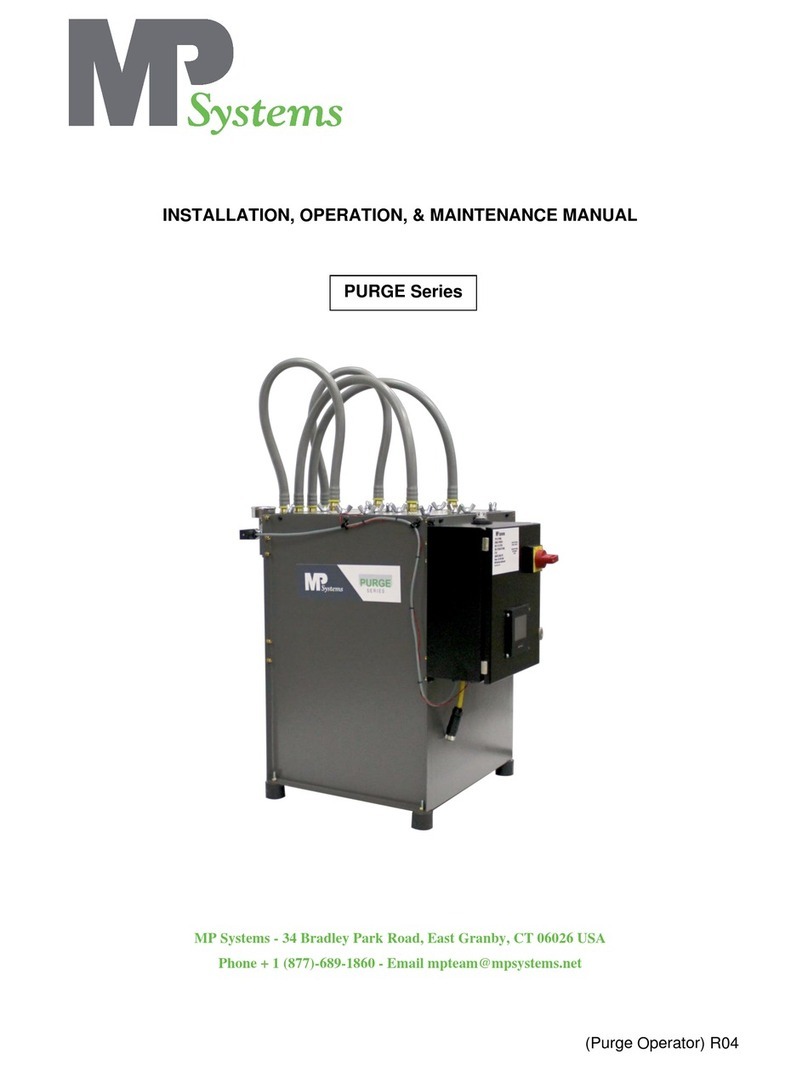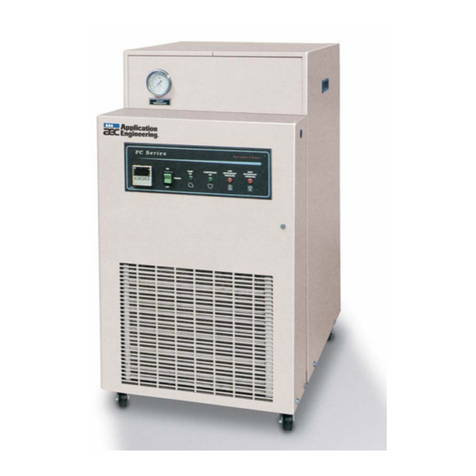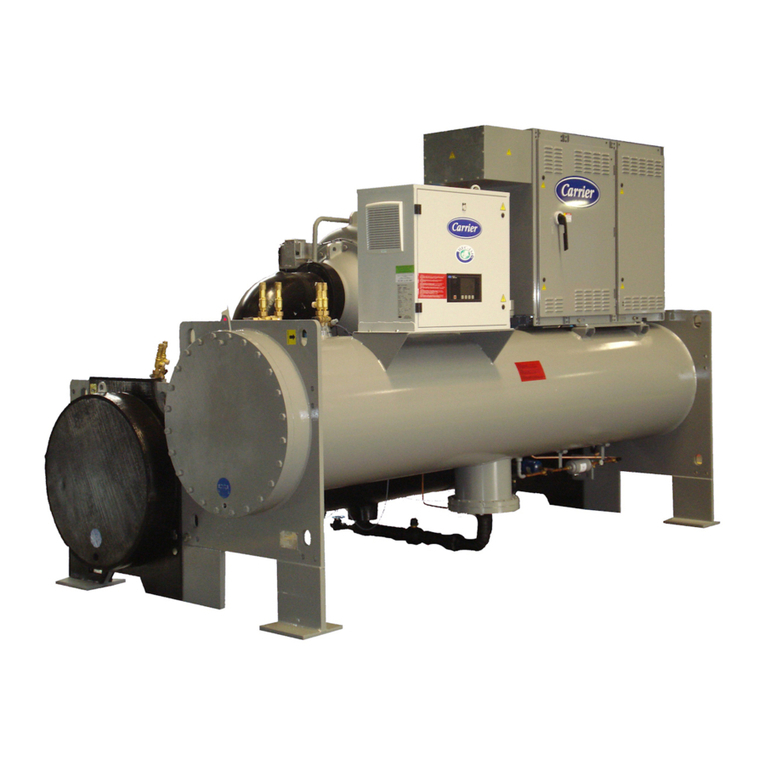
5
• A laboratory circulator refrigerates and circulates uid
according to specied parameters. This involves hazards
due to low temperatures and general hazards due to the
device of electrical energy. The user is largely protect-
ed by the device of relevant standards. Further hazard
sources may arise due to the type of tempering uid,
e.g. by exceeding or undercutting certain temperature
thresholds or by the breakage of the container and reac-
tion with the refrigeration carrier fluid. It is not possible
to consider all eventualities. They remain largely subject
to the judgment and responsibility of the operator. For
this reason, it may become necessary for user to take
other precautionary safety measures.
• Insucient ventilation may result in the formation of ex-
plosive mixtures. Only use the device in well ventilated
areas.
• Use suitable hoses for connection.
• Secure hoses and tubes against slippage and avoid kinks.
• Check hoses, tubes and bath at regular intervals for pos-
sible material fatigue (cracks/leaks).
• When device is used for external circulation, extra pre-
caution must be taken for cold fluid leakage due to
damaged hose.
Do not start up the device if:
- It is damaged or leaking
-
Cable (not only supply cable) is damaged.
• After a power failure during operation, the device may
start automatically (depending on operating mode).
• Transport the device with care.
• Do not transport or empty the bath while it is still cold.
Check the temperature of the bath fluid before draining.
• Always empty the bath before moving the unit.
Always empty the bath if the unit
is unused for long time.
Fluids:
Only use the uids, which fulll the
requirements for safety, health and
device compatibility. Be aware of
the chemical hazards that may be associated with the
bath fluid used. Observe all safety warning for the fluids.
• Depending on the bath uid used and the type of opera-
tion or toxic can arise. Ensure suitable extraction.
• Do not use any uid which may cause dangerous reac-
tions during processing.
• Only use recommended bath uid. Only use non-acid
and non corroding fluid.
Never operate the device without
sucient uid! Check the uid lev-
el detection at a regular basis (see
the section "Filling and draining").
• Continuous monitoring of the lling level of the bath uid
is required.
• For optimum temperature stability, the uids viscosity
should be 50 mm2/s or less at its lowest operating tem-
perature. This permits good fluid circulation and mini-
mizes heating from the pump.
• Untreated tap water is not recommended. It is recom-
mended to use distilled water or high purity water (ion
exchangers) and add 0.1 g soda (sodium carbonate
Na2CO3) /liter, to reduce corrosive properties.
Don't use following uids:
- Untreated tap water
- Acids or bases
- Solutions with halides: chlorides, uorides, bromides,
iodides or sulfur
- Bleach (Sodium Hypochlorite)
- Solution with chromates or chromium salts
- Glycerine
- Ferrous water.
DANGER
NOTICE
CAUTION
NOTICE
NOTICE
Correct use
• Use:
Use RC (Refrigerated Circulators) for cooling and circulat-
ing fluids.
Intended Use: Tabletop device
• Range of use (indoor use only):
- Laboratories -Schools
- Pharmacies - Universities
This instrument is suitable for use in all areas except:
- Residential areas
-
Areas that are connected directly to a low-voltage supply
network that also supplies residential areas.
The safety of the user cannot be guaranteed:
- If the device is operated with accessories that are not
supplied or recommended by IKA®.
- If the device is operated improperly or in contrary to the
IKA® specications.
- If the device or the printed circuit board are modied by
third parties.
